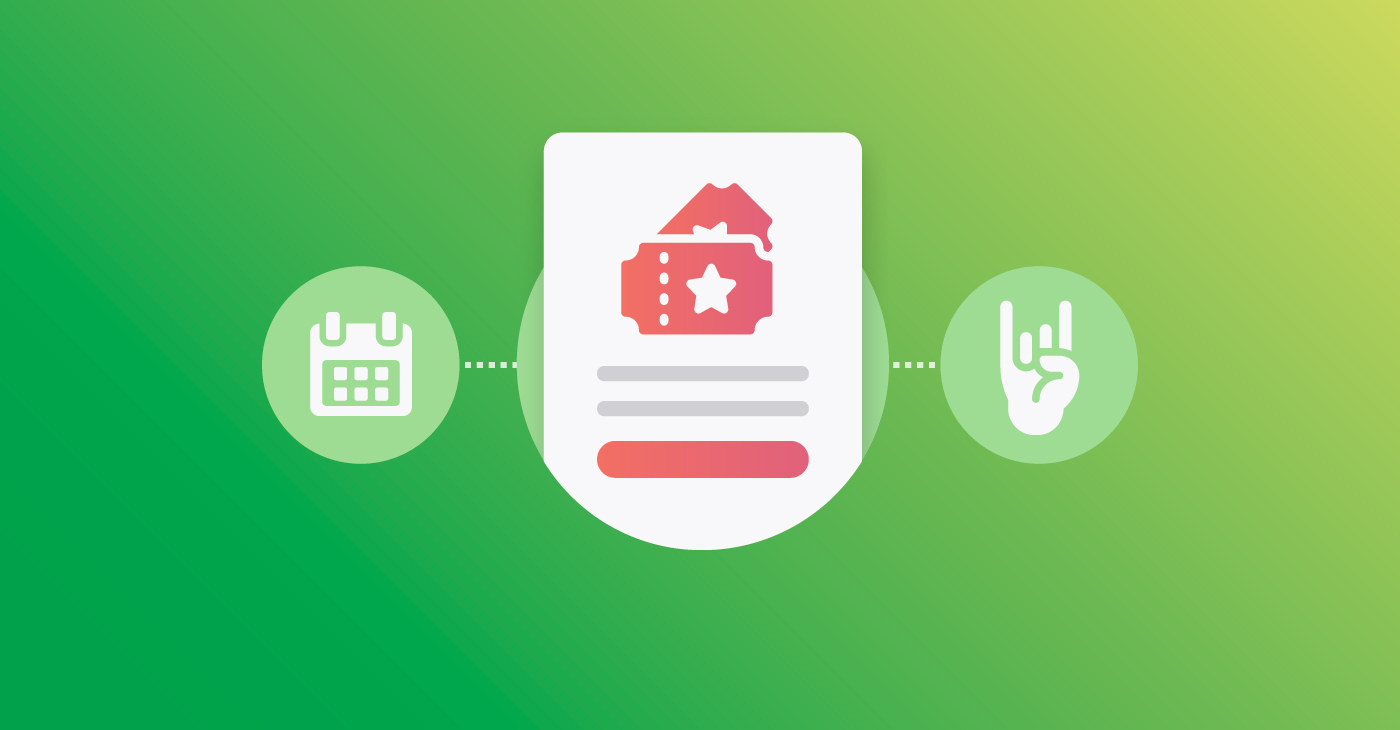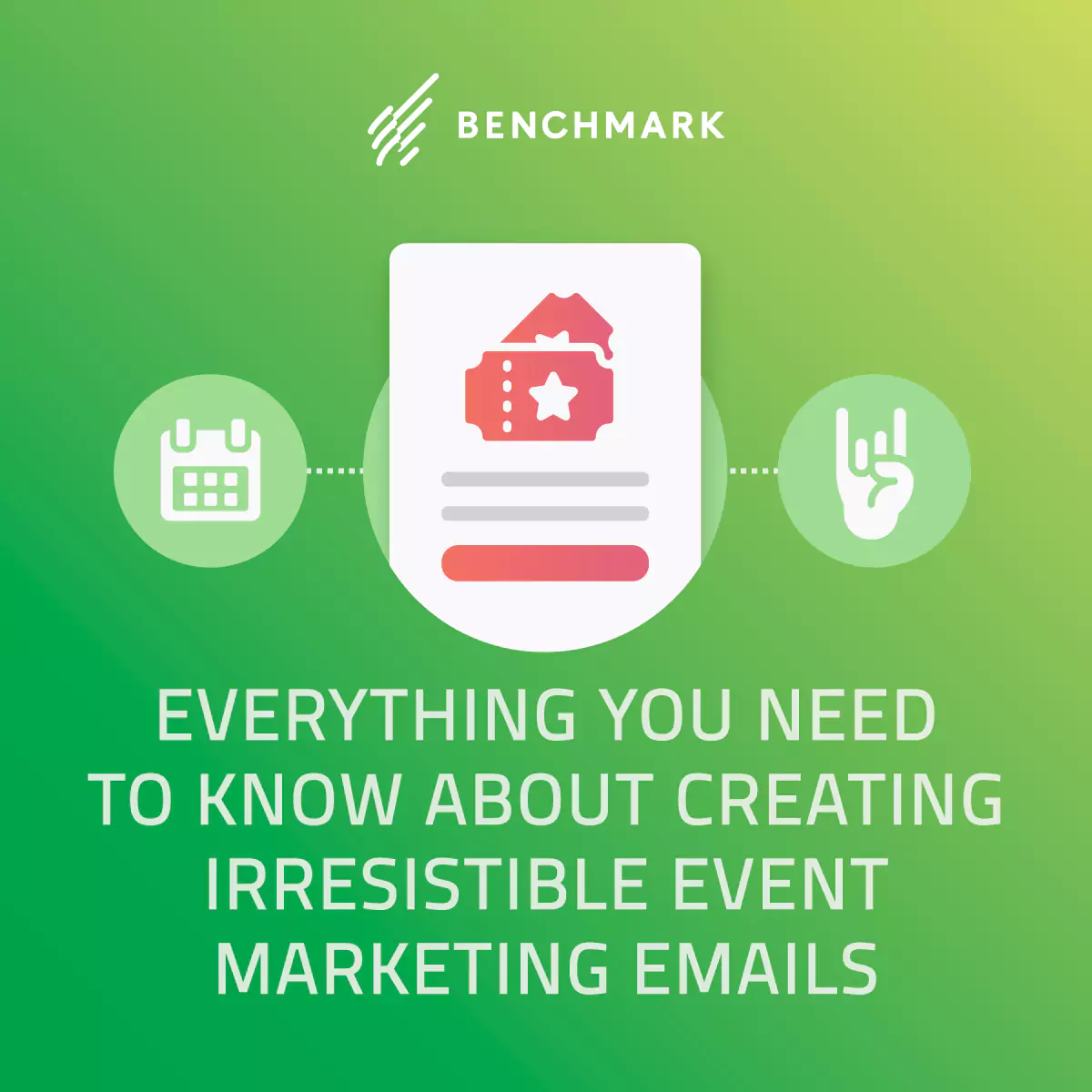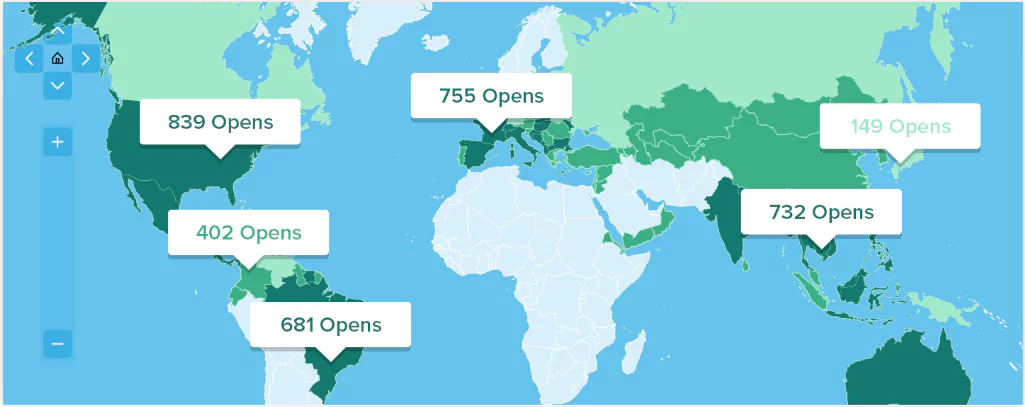Everything You Need to Know About Creating Irresistible Event Marketing Emails
June 5, 2019 8 min read

Event marketing encompasses many strategies that get people to take notice, and email is undoubtedly part of the mix. Keep reading to learn how to create emails people can’t wait to read.
Why Do Event Marketing Emails Matter?
Many marketers wonder if email is still relevant. After all, more high-tech ways to spread the word exist, ranging from virtual reality experiences to podcasts. But, various studies show email still gets results. The number of people with email accounts is growing worldwide. Plus, emails give senders opportunities to segment their information for certain groups.
Concerning an event, you could send out targeted emails to encourage people to buy tickets, download the schedule or help them book hotels in the area. That level of flexibility means a well-run email campaign could be a valuable element that helps an event succeed. But, what separates an excellent marketing email from a “just OK” one?

Optimize the Emails for Mobile Devices

Research indicates most people read emails on mobile gadgets. That means event marketing emails should ideally have some mobile-friendly characteristics:
- Short paragraphs
- Headings or bullets to help make the content scannable
- No large images
- Fonts and sizes that are easy to read on small screens
- Links that take people to websites where they can learn more details later
Not surprisingly, all or most of those best practices apply to online content in general, regardless of the device people use to read it. Whenever you format marketing emails or create the content for them, know that although not all of your readers will see the content on mobile devices, most likely will.
Choose Subject Lines Carefully

An email subject line may seem like a relatively unimportant part of the email. It’s one of the smallest components, but marketers who don’t craft their subject lines with intention will frequently find their content getting ignored. Several things could make an email subject line more appealing to the people who see it.
- Urgency: Use words and phrases like “soon,” “act now,” “don’t miss out, “limited time” and “hurry” to convey the idea that people need to read the email to avoid missing something crucial about the event.
- Personalization: Something as simple as including the recipient’s name in the email subject line could bring the message to their attention. This strategy works best in cases when marketers already have well-established relationships with the people getting the emails. Otherwise, the subject line may seem too personal and a bit creepy.
- Offers: This part of a subject line works well with the urgency suggestion above. Free things and percentages off are perks that could make a person decide they need to respond to the email to take advantage of an offer they don’t want to pass up.
- Brevity: The marketing industry lacks widespread agreement about the best length for marketing emails, but it’s usually best to keep them short and sweet. If a subject line becomes too long, it’ll get truncated. That could confuse readers or make them think the email is not worth their time.
- Emojis used sparingly or not at all: Although marketers need not avoid emojis for event marketing emails in all cases, they should remember how easy it is to misuse them. For that reason, it’s not ideal to add emojis to the email subject lines of business emails. They could give the impression of unprofessionalism or that the sender is overly casual. People use emojis to add context to what they say, which can make them useful in short messages, such as texts. But, due to a subject line’s brevity, you shouldn’t have the reason — or room — to provide context yet. That said, if using emojis fits with your company’s tone, adding one to an email could strengthen the brand and get potential attendees more interested.
Understand Relevant Email Metrics

Creating emails people want to read also means understanding what’s working well and when there’s room for improvement. Doing that involves getting a handle on industry benchmarks for emails. As a start, statistics say the open rate for the entertainment and events industry is 20.41 percent.
Fortunately, getting the metrics is easy thanks to the aptly named Benchmark, an email platform that gives real-time reports about email campaigns, plus allows users to interact with a drag-and-drop interface to create beautiful emails with customization and attractive templates.
Apply the Rule of Three
Many memorable groups or phrases come in threes. There are the Three Stooges and the Three Musketeers, plus things people say, like “Lights, camera, action,” or “Ready, set, go.” Barack Obama’s campaign team likely had that in mind when it came up with his “Yes We Can” slogan that ultimately led to two presidential terms.
The focus on things in sets of three is called the Rule of Three. It applies to email marketing campaigns, too. The human brain likes patterns, and groups of threes stick in the mind exceptionally well.
You could create a three-column chart that shows the different kinds of passes a person can buy for the event, or write a bullet point with the top three reasons people should think attending the conference is a worthy investment. When writing a longer email, consider splitting the content into three broad sections, such as Speakers, Workshops and Pricing.
Speak to the Audience’s Needs

When people read promotional materials, they often ask, “What’s in it for me?” That’s why it’s crucial for marketers to put themselves in the position of their audience and bring up the things that matter most to the people reading the emails.
Here are a couple of ways to do that:
- For a new parents event: “Take a much-needed break from diaper duty and spend the day getting hearing from experts who can help you overcome common child-rearing challenges. Also, get to know other new parents and swap tips with them in our networking zones. Can’t find a sitter? No problem! This event is family-friendly, and you can get on-site babysitting for a modest fee.”
- For an event targeting cybersecurity professionals: “Today’s cybersecurity landscape is rapidly changing, but this event gets you equipped for the future. Hear leading cybersecurity speakers at our keynote events, or head to a few workshops to get hands-on experience dealing with some of the newest threats. The event also has a testing center where you can take cybersecurity exams to earn in-demand certifications.”
Think about the elements that would most encourage your audience to attend, as well as aspects that could cause them to decide not to go. Then, address both sides in the marketing emails. Cost is something that might be a downside for some people, but highlighting early-bird discounts or providing a link to a letter a person could print out to convince their boss to cover the expenses could help.
Set Expectations

When people attend events for the first time, they don’t know what to expect without having the perspective of a past attendee. However, adding a couple of quotes from those who’ve been to your event before could solidify someone’s decision to go.
Be strategic about the placement of a testimonial, too. A quote from someone that says, “This event facilitated invaluable connections and opened my mind to fresh perspectives from thought leaders. The best money I’ve spent in recent memory!” would work well placed directly above an embedded link or call-to-action button in the email people can use to purchase tickets.
Alternatively, set expectations by including links in your email to videos that give short tours of the event facilities or show footage collected from past events. Or, a statistic that indicates the majority of first-time attendees purchase tickets year after year would make readers conclude most people felt the gathering was valuable enough to warrant becoming continual attendees, which is meaningful.
Encourage People to Remain on the Email List

The CAN-SPAM Act, which sets the rules for email marketing, mandates that all commercial messages should give recipients a way to unsubscribe from the mailing list. Having an “unsubscribe” or “opt-out” link in the footer allows you to remain compliant with this law, while also preventing people from getting upset when it’s not immediately obvious how to remove themselves from the email list. But, it’s also necessary to write emails that make recipients want to keep receiving them.
There are several possible ways to do that:
- Mention email list subscribers are the first to get news about conference developments
- Feature speaker or vendor spotlights in each edition of the email newsletter
- Give promotional offers for local hotels or restaurants exclusively to email subscribers
- Position the email newsletter as a vehicle for getting all the need-to-know information without sifting through social media
A useful event marketing email must provide value to the reader. People will want to remain subscribers if they view the emails as giving them something they can’t easily get elsewhere.
A Roadmap for Event Emails That Get Results
There are no guarantees when it comes to creating emails that cause favorable responses. But, the information here gives you a framework to create stellar marketing campaigns for any events in your future.



